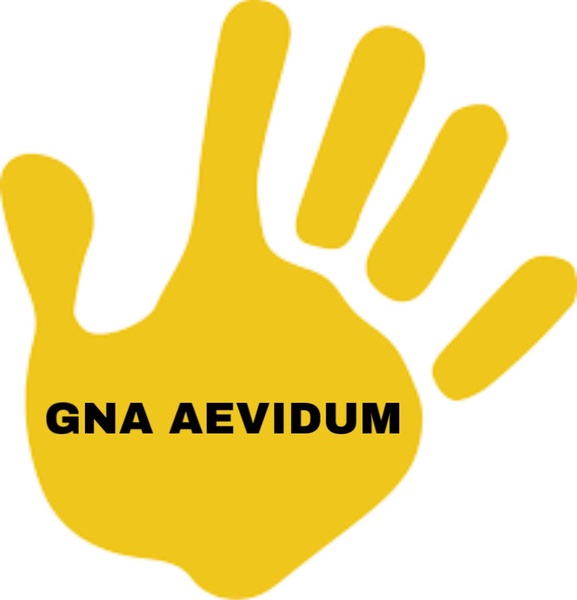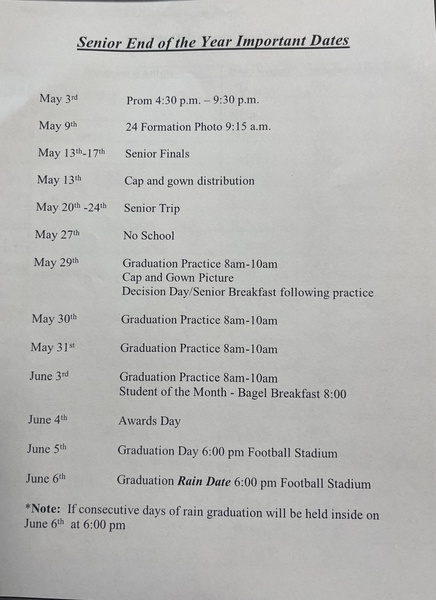Helpful techniques for the Keystone exam
The standardized testing season can be intimidating, grueling, and, occasionally, a source of boredom for students. However, with a healthy breakfast, a good night’s sleep, and usage of the tips below, readers’ Keystones, SATs, and other evaluations will be as painless as possible.
1. Use process of elimination
When reading about a topic and receiving a question you may not understand, one of the best ways to ensure success is to select the answer that makes the most sense. Even though one may be entirely lost, one can still work their way to the correct answer. For example, if one gets a question asking them an unknown vocabulary word, it is recommended to plug in the words provided as answer choices into the often-provided context sentence to see which one makes the most sense. Along with this, if the question asks one for the main idea of an article, the choice is most likely that which covers the entire scope of the story. The main idea should not be specific to one part of the text; rather, it should cover the text broadly and give the reader a general grasp of the main events occurring. These tactics are extremely useful for literary masters and illiterate individuals alike when posed with the “impossible” prompt.
2. Read Opening Statements
Before a test-taker rushes through a passage, he or she is advised to look for any introductory statements which contain valuable information in order to assist the process of responding to questions and comprehending the text. For instance, there may be a prompt which states, “Read the following passage about. . .” This is not even a part of the text presented to the reader; however, it contains information which might almost plainly state the passage’s main idea or author’s purpose, providing an opportunity to obtain easy points as a reward for meticulous and careful reading.
3. Read With A Purpose
When taking the Keystones and SATs, it is important to make sure that one has a reason to read that will keep them interested in the text. One commonly used strategy is pre-reading the questions asked about a text in order to concentrate specifically on the correct answer. This can be an immense help when one’s energy or level of focus drops. One knows exactly what to look for in a text, and can therefore underline and note any useful information in order to answer the provided queries at a later time. Alternatively, one can answer the questions on the spot and check them over at a further point into the exam. A budgeting of time and concentration can help maintain concentration and test-taking skills.
4. Look for Explicit Statements
It is not uncommon for questions to utilize complex and seemingly incomprehensible wording. This tactic is clever, but can be easily bypassed by simply looking at the text. For instance, if one is asked about the main idea of a certain paragraph and, upon a brief skimming of the passage, the beginning of the aforementioned paragraph aligns almost exactly with one of the answer choices provided, it is likely that that is the response to be selected. Proper answers can also be easily spotted by checking for any synonymous words between the choice and the prompt; for instance, if the question posed on the exam uses the word “expedite,” and one of response options mentions rapidity or acceleration, one can be somewhat more certain that he or she has found the correct answer.
5. Annotate
When reading a passage, it is desirable to accurately grasp the events being described in the text; this can be helped by simplifying a text into one’s own words. During the reading of a text on an exam, noting one’s own interpretations of the words and occurrences mentioned in the excerpt is highly recommended. After thoroughly reading the passage, one can utilize these written remarks to more easily determine the meaning of the paragraph(s). One should annotate any connections that he or she makes between the text and real life in order to augment these test-taking efforts. Annotation can and should be performed in any preferred style or manner, as there is no “correct” means of doing so, given the highly personalized nature of the observations and thoughts being written.

My name is Kayla Eckrote, and I am a junior here at GNA. I’ve always been a student here, for I have lived in Mocanaqua and Nanticoke my whole life....












